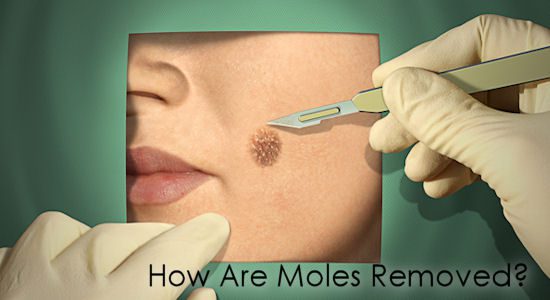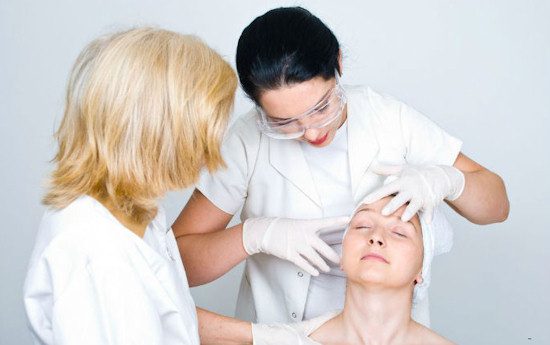What are Moles and how are they Removed?
Moles are quite common and also generally harmless. In fact, a lot of us have them on different parts of our body and never really think twice about them.

Moles are formed of cells called melanocytes, and are a simply collection of the cells that produce pigment in your skin. Most moles are brown in tone, though some are lighter and some darker colours. Generally oval in shape, they come in all shapes and sizes too and can be flat, raised, smooth or rough and some have a hair.
However, moles aren’t always constant in their shape and some disappear with time, while others appear with age. This can be due to hormonal reasons such as pregnancy, adolescence or age. That granted, most moles appear in the first 30 years and are more common to those with lighter skin tones. Genetics and the amount of sun you receive also affect the size and number of moles you may have.
Harmless
Most moles are completely harmless and the most common problems people tend to have with them are regarding self-confidence and their unsightliness. For instance, they can also be a hassle as they can be caught by razor blades during shaving or pull on clothes.
However, some moles also cause medical concerns and though most are benign, some can develop a form of cancer known as melanoma. This is an aggressive form of skin cancer.
The best way to prevent melanoma is to protect the skin and any existing moles from the sun. Melanoma prevention is not always merely a case of protection, but covering up from UV light greatly decreases the risk of developing these issues.
Checking your skin regularly for new moles, as well as changes in the shape, colour, edges and size of existing moles is also a good idea in prevention of this form of cancer. If you are worried about such changes then the best thing to do is to consult a GP.
How to Remove Moles
Moles can be removed quite easily and there are a number of manners by which this can be achieved with little or no scarring in most cases with new methods The mole removal technique often depends on the type of mole and there are different methods for different mole shapes and types.
Shave Excision
This mole removal treatment is the easiest and most common form of mole removal for moles that lie above or protrude from the skin. The technique involves a small local anaesthetic and uses a shaving technique to remove the mole so it is perfectly flush with the surrounding skin that then heals like a graze.
Shave excisions only take a few minutes to perform and take only 7-10 days to heal. They don’t require stitches and leave minimal if any scarring.
Laser Mole Removal
Laser mole removal is ideal for flat and light coloured moles. It can often be used in conjunction with surgery to create the best result with minimal scarring. The laser often works but removing the color pigment during the procedure which sometimes require more than one session. . Scarring is minimal and the best method for removal is dependent on the type of mole that that is where getting expert doctors who know which treatment options are likely to give you the best result.
Ellipse Excision Surgery
This procedure is suitable for flat moles, which aren’t suitable for shave excisions or laser removal. This procedure involves a small local anaesthetic and utilises precision cutting out of the mole, before the area is brought back together with skin stitches that are often dissolvable and don’t require removal. Occasionally surface stitches are required that need removing 5-7 days later. The result is a tiny scar, which in time will be virtually unseen. It’s a painless surgery and takes only around 20 minutes.
One of the great things about all three types of mole removal is that they can be achieved with no pain and leave minimal levels of scarring if at all.
Moles are generally harmless, though as is clear to see, if they need to be removed they can be easily and quickly with no pain and only the tinniest of marks as a result.
The key to success with removing moles is consulting with a doctor that removes lots of moles routinely so they can offer you the best advice and the most appropriate treatment for you.
About the Author
Cormac Reynolds has written a number of articles on skin care and is a journalist from the UK and has had mole removal in the past.



